|
|
|
When a force is applied to a spring it either stretches or compresses. for simplicity I will discuss stretching in springs in more detail than compressing them. Please note that compressing a spring can only go so far. It is limited to the force required to press the coils up against each other.
Stretching springsLearning about springs is important as it is one of the favourite topics that examiners like to ask questions on. An English physicist, Robert Hooke, made many discoveries. His most famous was the relationship between how much a spring stretches in relation to the force applied. This states that “the extension of a spring is proportional to the force applied to it up to the elastic limit (limit of proportionality).”
An experiment can be done to determine this.
Initial set up 50g added 100g added 150g added 200g added The data can be used to plot a graph
Springs in series and parallel(Scholarship only)
The 2 springs in series will stretch twice as far as the single spring with a given load as the force is acting downwards through both springs one after another. (Each spring will stretch as much as a single spring.)
The two springs in parallel will stretch half the amount as a single spring with the same load as they SHARE the load between them. Tigger time If the two springs in series are allowed to bounce (oscillate) up and down, they will do this at half the speed of a single spring. By comparison the two springs in parallel will oscillate twice as fast as the single spring.
|
|||
| [index] [Year 7] [Year 8] [Forces] [Moments (Turning Forces)] [Springs] [Pressure] [Electricity] [electro magnetism] [Magnetism] [Year 8 Revision] [POST EXAM WORK] [Theatre] [Science Links] | ||||
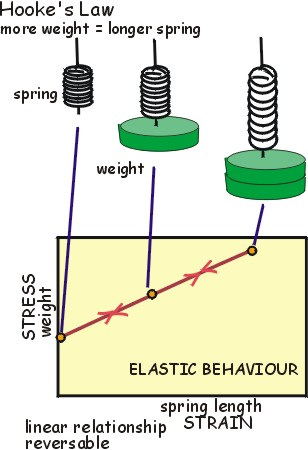
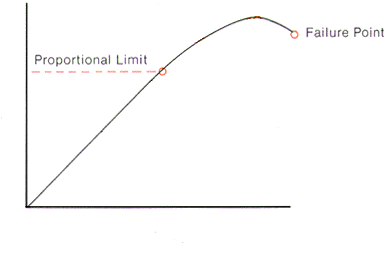
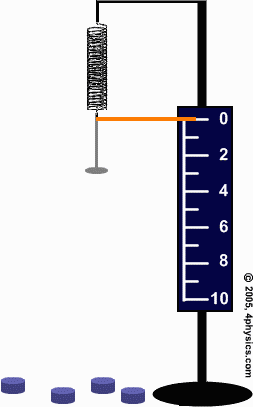
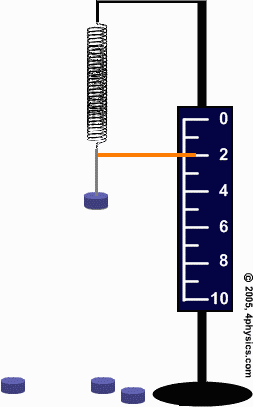
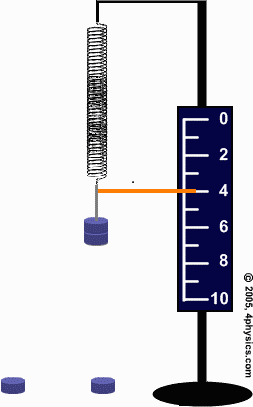
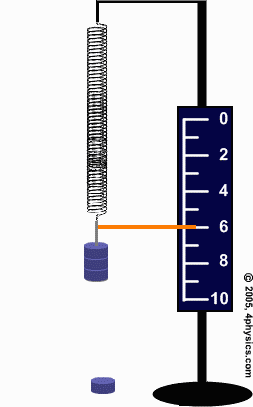


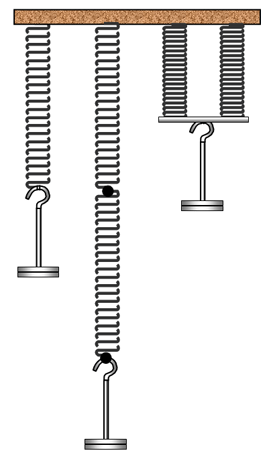 Here is a representative picture comparing a single spring with two springs in series and two springs in parallel.
Here is a representative picture comparing a single spring with two springs in series and two springs in parallel.